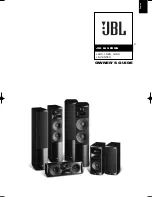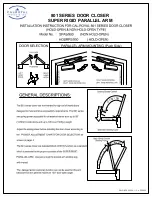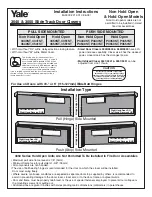
0443-INS-400 Rev. C
9-1
Frequently Asked Questions
When I change my electrodes, why do I have to zero displacement? Do I have to re-calibrate?
Any time minor changes to the tooling are made, electrodes ware or mushroom beyond tolerance limits
or when work piece material thickness changes (e.g., a new lot or batch of parts) the displacement
should be zeroed. The reason for this is that all measurements having to do with displacement are
calculated based on where the 'zero point' is set. Masters are also made and toleranced based on the
zero point. When electrodes are changed, the size of the tips may be significantly different, especially
if the old tips are mushroomed and worn. This difference may be enough to cause a weld to exceed its
tolerances and consequently be 'Rejected'. This difference may also lead to inaccurate displacement
measurement. By zeroing the displacement sensor, the 'zero point' is adjusted to accommodate the new
tip size or work piece material variation. Zeroing the displacement should be incorporated into the
daily maintenance schedule for the welder.
Calibration, on the other hand, typically only needs to be done once, unless the sensor itself is
replaced.
Why does the gauge block for zeroing displacement have to be the same size as my part stack-
up? Why do I even need to make a gauge block— can't I just zero with the electrodes closed
together?
The answer to both of these questions has to do with: a) the resolution quality of the displacement
sensor versus the cost of that sensor; b) the stackup height of the parts being welded; and c)
consistency.
A high-cost displacement sensor can measure to four places (0.0001) using the full stroke length. A
low-cost displacement sensor can accomplish the same resolution, however it can only be attained
using about 9% of the stroke length. That 9% 'window' can be anywhere along the stroke of the sensor,
but the measurement must be within half of that window (because zeroing occurs in the middle of the
window).
For example, using a 100mm sensor, 9% of the stroke is 9mm, or approx. 0.354 inches. The half
window is then 4.5mm, or 0.180". If you were welding a nut with a thickness of 5.08mm (0.200"), that
was stacked on a 1mm (0.03937") thick plate, the total thickness to be measured would be 6.08mm, or
0.240". Since the stack-up height (0.240") is greater than the half window (0.180"), if you zeroed the
monitor with the electrodes closed together without the part. Then when the part stack-up is added the
sensor travel would be outside the measurement window.
Fabricate a zeroing gauge block that represents the stack-up height of the parts being welded.
Use the block to zero the sensor, this way the 'window' can be moved to the appropriate location for
the weld.
If you're doing flat plate welds (e.g., sheet metals), the chances are pretty good that the stack-up will
already be within the “half window”. However, for any type of projection or nut welding, the stack-up
is likely to fall out of range. It is possible to use actual parts for zeroing on instead of a gauge block,
however nuts vary, plates vary and the tip force used to hold the part in place may cause deformation
of the metal. With a gauge block, the sensor is zeroed in the same place every time, regardless of part
variances.
Содержание WELDWISE 2400
Страница 1: ...Revision C 001 User s Manual WeldWise 2400 THE WELD MONITORING SPECIALISTS TM...
Страница 2: ......
Страница 34: ...4 6...
Страница 46: ...5 12...
Страница 94: ...6 48...
Страница 104: ...7 10...
Страница 116: ...9 4...
Страница 146: ...10 30...
Страница 164: ...0340 DWG 400 Rev C 11 18...
Страница 165: ...0308 DWG 400 Rev D 11 19...
Страница 168: ...11 22...
Страница 176: ...0454 APP 118 Rev A 12 6...
Страница 194: ...13 2...
















































